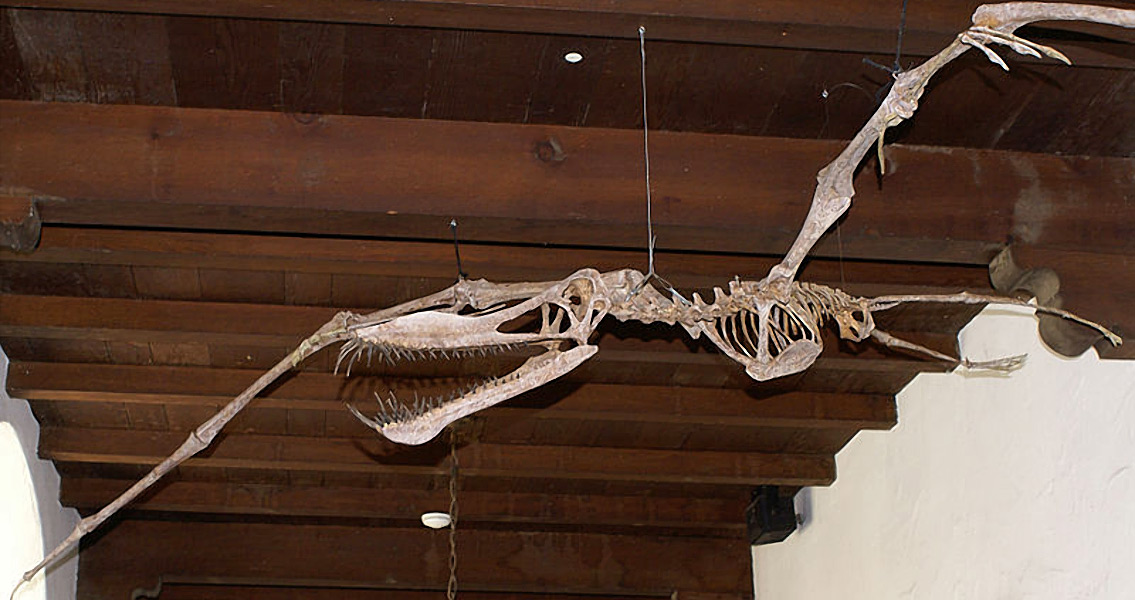<![CDATA[The Fremont culture, an agrarian civilisation that lived in what is today Utah, North America between 1 and 1100 CE, left a mysterious rock painting in Black Rock Canyon that has troubled minds ever since it was discovered in the 1920s. Some have said that it depicts a pterosaur – a winged dinosaur that lived hundreds of million years ago – and the hypothesis has been welcome fuel to creationists. Now, however, this hypothesis has been debunked thanks to cutting-edge technology, which revealed that the image is no single image at all but a group of five distinct images, Live Science reports. A team involving freelance archaeologist Paul Bahn and Jean-Loic Le Quellec, an expert in rock art from the French National Centre for Scientific Research, applied a combination of X-ray fluorescence, which revealed the chemical makeup of the rock below the painting and that of the paint used, and a new software programme called DStretch to upload an image of the rock painting into a computer and have it analysed. The X-ray fluorescence told the researchers the paint used was ochre, iron oxide. The programme then highlighted the original pigments of the painting, even those that remained invisible to the naked eye. In addition, it stripped the image of later additions such as those made with chalk. Chalking used to be common practice when ancient rock art was discovered as those who found it believed, wrongly, that tracing the contours of a rock painting would help preserve it better, Bahn told Live Science. What chalking actually does is damage the original image and superimpose on to it the image that the person doing it believes they see. What’s more, it damages “the chemistry of the rock and it just doesn’t disappear.” The Black Rock Canyon painting was chalked in 1947, by John Simonson, who said the image looked like a strange bird. Yet talk of a “winged monster” started even earlier, soon after the painting was discovered in 1928. What DStretch revealed, however, was a composition involving two human shapes, a sheep, a dog, and a snake-like shape, the researchers report in a paper published in the journal Antiquity. The composition, they write, is typical of Fremont art, which often depicts human shapes with elongated bodies and round heads that are surrounded by “attendants”, smaller images of animals such as cats, dogs, badgers, bears, and birds. Commenting on the news, one biologist who had seen the painting himself, Phil Senter from Fayetteville State University, told Live Science that what Bahn and Le Quellec had found was in line with his own view of the image, that it was clearly a collection of several images rather than one “pterodactyl”. Another scientist, world rock art professor Benjamin Smith, noted that dinosaurs only rose to fame in the nineteenth century, when palaeontology gained traction. It is difficult to imagine that a culture as ancient as the Fremont would have known about pterodactyls, regardless of the fact that the region around Black Rock Canyon is rich in pterosaur fossils. For more information: “The death of a pterodactyl” Image courtesy of Wikimedia Commons user: Franko Fonseca]]>
Black Rock Canyon Pterosaur Myth Debunked
